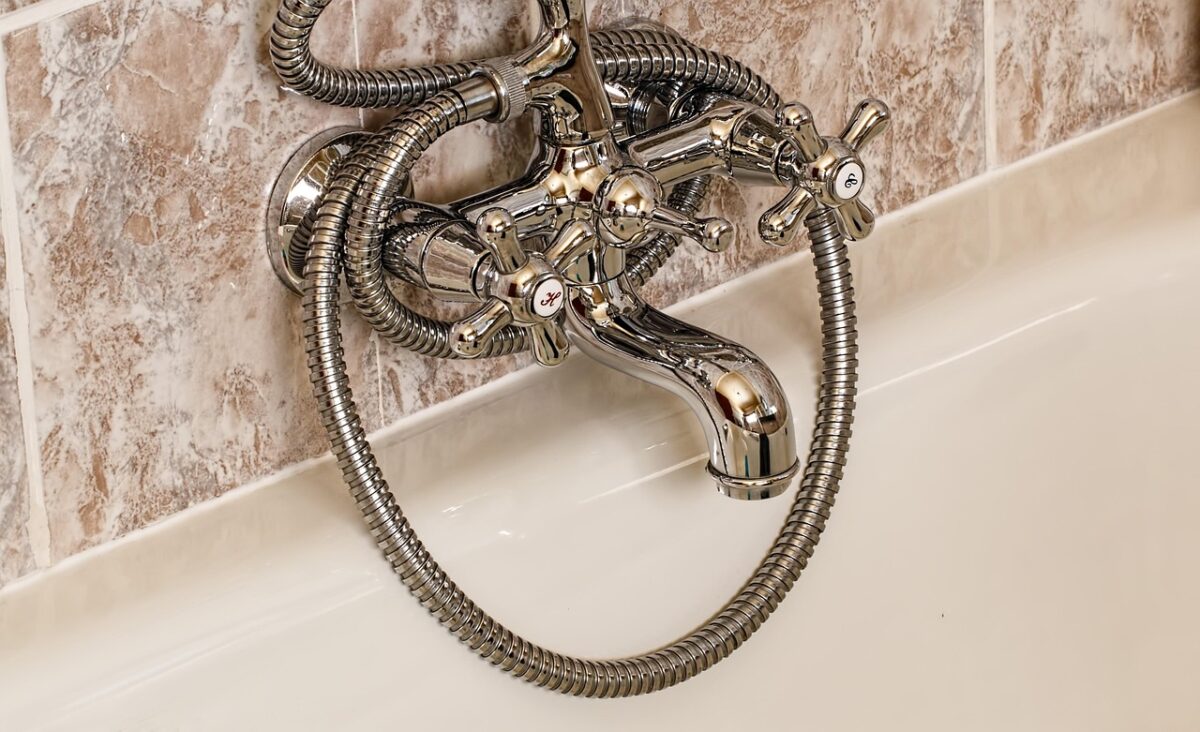Mold in the bathroom is a common issue that can lead to unsightly stains, unpleasant odors, and potential health risks. Addressing this problem promptly and effectively not only improves the appearance of your space but also contributes to a healthier living environment. This comprehensive guide will provide you with practical steps, essential safety precautions, and effective solutions for bathroom mold removal, ensuring that you can tackle this challenge with confidence.
Understanding Bathroom Mold: Causes and Risks
Mold thrives in damp, warm environments, making bathrooms an ideal breeding ground. Understanding the causes and risks associated with bathroom mold can help you take effective action.
Common Causes of Bathroom Mold
- High Humidity: Bathrooms often have elevated humidity levels due to showers and baths.
- Poor Ventilation: Lack of airflow can trap moisture, creating a perfect environment for mold growth.
- Water Leaks: Leaky pipes or fixtures can lead to persistent dampness.
- Condensation: Moisture from hot showers can condense on cooler surfaces.
Health Risks Associated with Mold
While not all molds are harmful, some can cause allergic reactions, respiratory issues, and other health problems. Individuals with asthma, allergies, or weakened immune systems may be particularly vulnerable.
Essential Safety Precautions Before Mold Removal
Before you start the mold removal process, it’s crucial to take safety precautions to protect yourself and your home.
Concrete Safety Tips
- Wear Protective Gear: Use gloves, goggles, and a mask to avoid inhaling mold spores.
- Ensure Proper Ventilation: Open windows and doors to circulate air while cleaning.
- Avoid Mixing Chemicals: If using store-bought cleaners, do not mix different products, as this can create harmful fumes.
- Seal Off the Area: Close doors to prevent mold spores from spreading to other rooms.
Step-by-Step Guide: How to Get Rid of Mold in the Bathroom
Follow this step-by-step guide to effectively remove mold from your bathroom.
Step 1: Identify the Mold
Inspect the bathroom thoroughly to locate all areas affected by mold. Common spots include:
- Shower curtains
- Grout lines
- Ceilings
- Caulking around fixtures
Step 2: Gather Your Supplies
Before you start cleaning, gather the necessary tools and materials:
- Protective gloves and goggles
- Masking tape
- Scrub brushes or sponges
- Bucket
- Cleaning solutions (store-bought or DIY)
Step 3: Prepare the Area
Clear the bathroom of any items that may obstruct your cleaning process. Remove towels, rugs, and any other items that could be affected by cleaning solutions.
Step 4: Apply the Cleaning Solution
Choose a cleaning solution and apply it generously to the affected areas. Allow it to sit for the recommended time to effectively kill the mold.
Step 5: Scrub the Surfaces
Using a scrub brush or sponge, scrub the moldy areas thoroughly. Pay special attention to grout lines and corners where mold tends to accumulate.
Step 6: Rinse and Dry
After scrubbing, rinse the surfaces with clean water to remove any residue. Dry the area completely to prevent future mold growth.
Recommended Cleaning Solutions and Tools
Here are some effective cleaning solutions for bathroom mold removal:
Store-Bought Options
- Mold and mildew removers
- All-purpose cleaners with antifungal properties
- Bleach-based cleaners (use with caution)
DIY Solutions
- Vinegar: Spray undiluted white vinegar on the mold and let it sit for an hour before rinsing.
- Baking Soda: Mix baking soda with water to create a paste; apply to the mold and scrub.
- Hydrogen Peroxide: Use a 3% hydrogen peroxide solution to spray on the mold and let it sit for 10 minutes before scrubbing.
How to Remove Mold from Different Bathroom Surfaces
Mold can grow on various surfaces in the bathroom, each requiring specific cleaning methods.
Removing Mold from Tile and Grout
- Apply a cleaning solution directly to the grout lines.
- Use a toothbrush or grout brush to scrub the area.
- Rinse thoroughly and dry the area.
Removing Mold from Ceilings
- Spray the ceiling with a cleaning solution.
- Use a sponge mop or cloth to wipe away the mold.
- Ensure proper ventilation while cleaning.
Removing Mold from Caulk
- Apply a mold remover or DIY solution to the caulk.
- Scrub gently with a toothbrush.
- If mold persists, consider replacing the caulk entirely.
When to Call a Professional for Mold Removal
While many mold issues can be handled by homeowners, there are instances when professional help is necessary.
Signs You Need Professional Help
- The mold covers a large area (more than 10 square feet).
- You experience persistent health issues related to mold exposure.
- There are signs of hidden mold behind walls or under flooring.
- The mold keeps returning despite your cleaning efforts.
Preventing Mold Growth in Your Bathroom
Prevention is key to keeping your bathroom mold-free. Implement these actionable tips to reduce humidity and moisture.
Actionable Mold Prevention Tips
- Install an exhaust fan to improve ventilation during and after showers.
- Keep bathroom surfaces dry by wiping them down after use.
- Use mold-resistant paint on bathroom walls and ceilings.
- Regularly check for leaks and repair any plumbing issues promptly.
- Keep bathroom doors and windows open when possible to enhance airflow.
